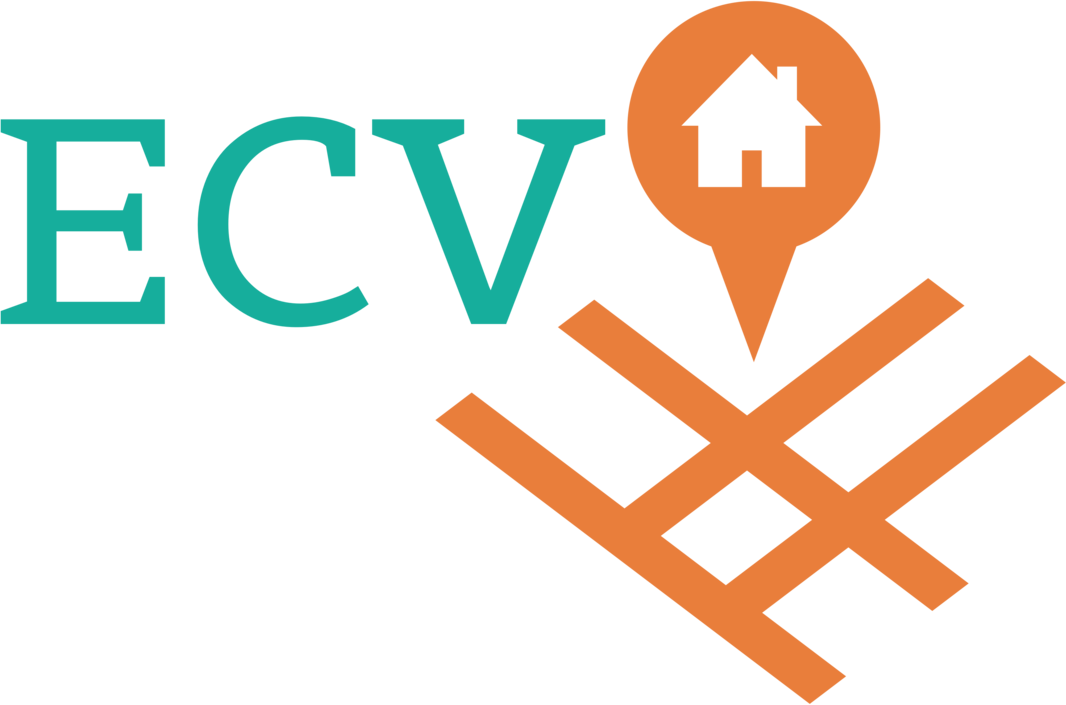Role of Art and Music Therapy in Elderly Health
As we age, maintaining wellness and quality of life becomes increasingly important. The elderly often face various challenges, such as physical limitations, cognitive decline, and feelings of isolation or loneliness. Exploring alternative therapeutic approaches becomes crucial to enhancing their overall well-being. Among the diverse range of therapeutic interventions, art, and music therapy have emerged as powerful tools in promoting wellness and enriching the lives of seniors.
Art therapy and music therapy allow self-expression, emotional release, and cognitive stimulation to the elderly. By engaging in creative activities or listening to music, seniors can reap and experience several physical, emotional, and cognitive benefits. In this blog we will talk about the benefits of music and art and its role in promoting wellness for seniors.
What is Art Therapy?
Art therapy is a form of therapeutic intervention that utilizes the creative process of making art to promote healing, self-expression, and psychological well-being. It is based on the belief that the act of creating art and being artistic help in healing and mental well-being.
In art therapy, a trained art therapist who is both an expert in art and psychology guides individuals or groups through various art-making techniques and activities. The focus is not on the artistic skill or end product but on the process of creating and the exploration of thoughts, feelings, and experiences that emerge during the artistic expression.
Techniques Used in Art Therapy
There are several techniques used in art therapy such as:
Painting
Drawing
Coloring
Doodling
Photography
Sculpting
Art therapy is utilized in various settings, including hospitals, mental health clinics, rehabilitation centers, schools, and community programs. It is used to support individuals of all ages, backgrounds, and abilities, and can be particularly beneficial for individuals dealing with trauma, grief, anxiety, depression, developmental disabilities, and other mental health concerns.
What is Music Therapy
Music therapy on the other hand is a therapeutic intervention that utilizes the power of music to address the physical, emotional, cognitive, and social needs of individuals. It involves the intentional use of music and musical elements by a trained music therapist to achieve therapeutic goals and facilitate positive changes in individuals' well-being.
4 Techniques Used in Music Therapy
There are four (4) main techniques used in music therapy.
Receptive - This is where the client listens to music while the therapist observes the reaction and actions done by the client while listening. During this technique, the client can express themselves through dancing, writing, or through words. Receptive music therapy can provide a platform for emotional expression, support mood regulation, and facilitate a deeper connection with oneself and others
Re-creation - This involves engaging individuals in existing music through activities such as singing along, playing musical instruments, or engaging in rhythmic exercises. Re-creative music therapy promotes skill development, enhances cognitive functioning, provides a sense of achievement, and fosters self-expression and social interaction.
Improvisation - This is where the client is involved in making simple music through their voice, body percussion, or simple instruments. Improvisational music therapy promotes self-expression, creativity, emotional exploration, communication, and social interaction. It allows individuals to freely express their emotions, engage in music, and experience a sense of empowerment and freedom.
Composition/Songwriting - This is where the client creates their own music or lyrics, which will be performed after. This technique may help them express feelings that they cannot talk about openly or directly.
Benefits of Using Art and Music Therapy
Reduces Stress
Engaging with music or creating art has been shown to have a calming and soothing effect on the nervous system. Both activities can activate the relaxation response, reducing stress levels, and promoting a sense of calmness and well-being. Listening to soothing music or engaging in rhythmic art activities can regulate heart rate, blood pressure, and respiratory functions, promoting relaxation and overall emotional well-being.
Allows Self-expression
Through music and art, people who have been bottling up their emotions can finally release them in a way that does not make them uncomfortable. They can use their creativity to show how they feel and tell stories that mean a lot to them.
Allows Self-awareness
The therapist isn’t the only one who is understanding the patient more, it is also the patient themself. Music and art therapy provide opportunities for self-reflection and self-exploration. Through the creative process, individuals can gain insight into their emotions, triggers, and patterns of thinking and behavior.
Improves emotional well-being
Music and art therapy provide powerful channels for emotional expression, self-discovery, relaxation, and social connection. By facilitating these processes, they can contribute to improved emotional well-being, fostering a greater sense of self-awareness, emotional regulation, and overall psychological health.
Do you like listening to music, or creating art? If so share this blog with others to let them know its benefit so that they can reap it too.

